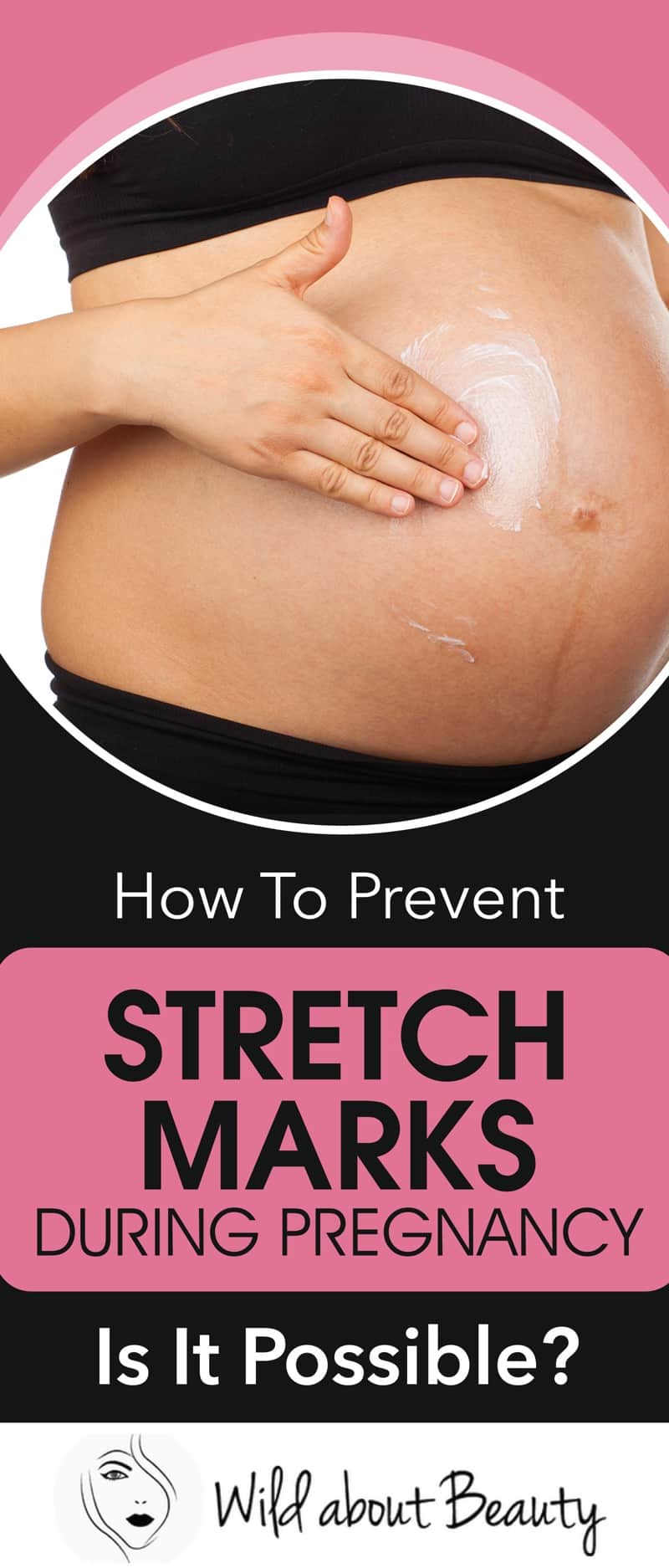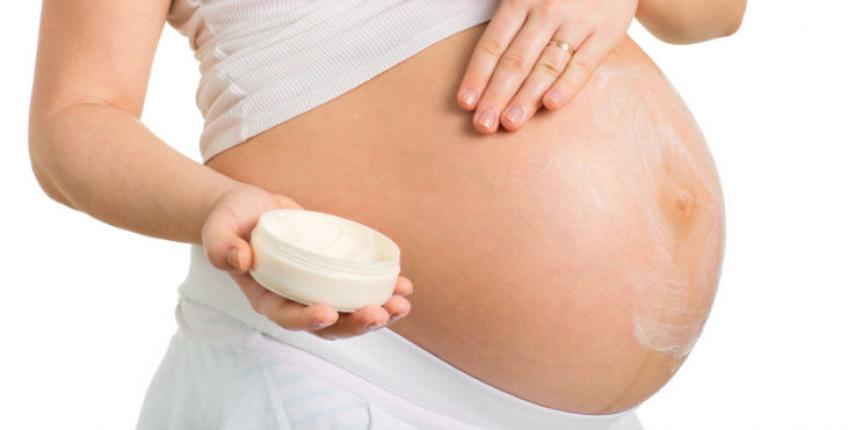Throughout our lives, many of us encounter various changes in our bodies, and one such change can be the development of stretch marks. These indented streaks often occur during pregnancy, though they can also appear during periods of rapid weight gain or loss. Prevention of stretch marks, particularly during pregnancy, is often a topic of concern for many women.
While genetics plays a role in the development of these marks, with a higher risk if a mother or grandmother experienced them during pregnancy, it is still possible to do our best to prevent their occurrence. Consistency is the key to achieving this goal, and by maintaining a dedicated approach to prevention, we can work towards maintaining our skin’s elasticity and appearance throughout pregnancy and other periods of change.
Chapter Overview
Why Do Stretch Marks Appear?
Stretch marks, medically known as striae, are small scars that appear in the middle layer of the skin when it loses its ability to heal and repair itself. They are often caused by rapid weight gain or loss, hormonal changes, and certain genetic disorders. In this section, we will explore the factors that contribute to the formation of stretch marks and why they are more common during pregnancy.
In order for our skin to stretch and adapt, it relies on collagen and elastin fibers. However, when the skin is stretched too quickly or too far, tears can occur, resulting in the formation of stretch marks. During pregnancy, hormonal changes cause a decrease in collagen and elastin production, making the skin less elastic. Combined with the physical growth that occurs during pregnancy, this creates an ideal environment for stretch marks to develop.
Factors that can increase the risk of stretch marks include:
- Pregnancy
- Rapid weight gain or loss
- Family history of stretch marks
- Genetic disorders such as Marfan syndrome or Cushing’s syndrome
- Breast augmentation
- Use of corticosteroids
While stretch marks can be cosmetically undesirable, it’s important to remember that they are a natural part of the skin’s response to rapid growth or hormonal changes. There are numerous treatment options available, such as laser therapy, microdermabrasion, and microneedling, to help improve the appearance of stretch marks and restore the skin’s smooth texture. Consulting with a dermatologist is the best course of action to determine which treatment is most suitable for your skin type, condition, and personal preferences.
When Do Stretch Marks Appear?
Stretch marks can appear at various times during pregnancy, depending on the individual. They may emerge as early as week 6 or week 8 and continue to develop throughout the pregnancy. The appearance of stretch marks varies, with instances as early as week 15 or as late as week 28.
Some areas are more prone to stretch marks than others:
- Stomach: Rapid growth of the baby leads to stretch marks in this region.
- Breasts: Hormonal changes cause rapid growth, making them susceptible to stretch marks.
- Buttocks and thighs: Increased weight and swollen legs can contribute to stretch marks in these areas.
The appearance of stretch marks may differ in terms of skin color, ranging from purplish to dark brown tones. It’s vital to be proactive in preventing stretch marks from the beginning of pregnancy. The sooner you notice them, the sooner you can take action to minimize their impact.
Top 8 Ways to Prevent Stretch Marks

Follow a Healthy Diet
To avoid stretch marks caused by rapid weight gain, we recommend following a healthy diet during pregnancy. Aim to consume a balanced mix of fruits, vegetables, whole grains, lean protein, and dairy products. Prioritize the following foods:
- Antioxidant-rich foods, such as dark chocolate, berries, red fruits, kidney beans, broccoli, green tea, and sweet potatoes
- Vitamins from green vegetables, nuts, whole grains, fortified cereals, yeast extract, liver, saltwater fish, and fruits
- Zinc from poultry, nuts, red meat, spinach, fortified cereals, cashews, dark chocolate, and Swiss cheese
- Fatty acids from mackerel, salmon, other fatty fish, walnuts, soybeans, chia seeds, and cod liver oil
Hydration
Keep your skin hydrated by using a soothing moisturizing balm twice a day, focusing on your entire body. To hydrate from within, drink plenty of water, as well as fruit juices and green tea.
Apply a Stretch Mark Prevention Cream
Consider using a stretch mark prevention cream featuring natural ingredients, such as shea butter, pomegranate, beeswax, or avocado peptides. However, remember to combine creams with other preventative measures for the best results.
Get Out in The Sun
Spending time in the sun can provide essential vitamin D, which is crucial for skin health and has been linked to stretch mark prevention. Aim to soak up some rays outside of peak hours to avoid sunburn.
Exfoliate Once Per Week
Exfoliation helps remove dead skin cells and promotes new cell growth, keeping your skin soft and less prone to stretch marks. Choose a natural exfoliating agent or a store-bought option to maintain your skin’s health.
Massage, Massage, and More Massage
Effort and consistency are key – spend at least 10 minutes massaging creams and oils into your skin. This promotes better absorption, improves circulation, directs blood flow to the skin, and enhances elasticity.
Control Your Weight
Maintaining a healthy weight during pregnancy can be challenging, but proper food choices and regular exercise, like walking, can help. Avoid sedentary habits and keep your body moving when possible.
Home Remedies
Several home remedies can be used to prevent stretch marks:
- Coconut oil: Rich in vitamin E and fatty acids, coconut oil moisturizes the skin effectively. Massage it into the skin after showering until fully absorbed.
- Olive oil: Containing vitamin E and numerous antioxidants, olive oil supports skin healing and can be used for both prevention and treatment of stretch marks.
- Aloe vera: The natural gel from aloe vera plants is rich in enzymes, vitamins, minerals, and fatty acids, making it an excellent remedy for various skin issues.

